|
|
|
Our products play a significant role in the construction, operation, maintenance, and performance of commercial, industrial, and institutional facilities. In fact, we’ve been concerned with optimizing the performance of such buildings for decades through building automation and control. As a result, our knowledge base for these types of buildings tends to be quite broad.
Here, you’ll find answers and information based on our real-world experience and best practices.
White Paper: Demand Control Ventilation Benefits for Your Building
Every building owner wants to cut energy costs…but can you do so while preserving (or even enhancing) employee health and
productivity? Obtaining a "Goldilocks" level of ventilation is key to both, and DCV (Demand Control Ventilation) is the means to do so. This white paper is a basic primer on DCV and its benefits for your building.
 Download Now
Download Now
|
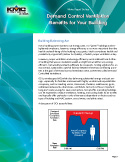
|
White Paper: Building Sustainability through Building Automation
Are you seeking sustainable facilities? Whatever is driving you toward this goal, building automation and controls systems can play a significant role in its achievement. Discover the benefits of building control systems and the related strategies that can be employed to achieve higher energy efficiency, lower operating and maintenance costs, better indoor air quality, and greater occupant comfort and productivity.
 Download Now
Download Now
|
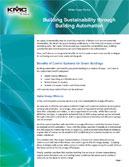
|
Why Green Buildings Are Good
Many people mentally equate green buildings with energy savings, and reducing energy use is indeed important. However, being “green” is actually more comprehensive than “just” saving energy. Green buildings have reduced environmental footprints while still enhancing the indoor environmental quality. Green means getting more with less—more quality of life for building occupants while using less planetary resources. Doing so is also good for business…
Read More...
|

|
Benefits of Controls in Green Buildings
How can KMC Controls help you obtain higher energy efficiency, lower operating and maintenance costs, better indoor air quality, as well as greater occupant comfort...
Read More...
|

|
The What, Why, and How of Energy Management and Efficiency
Energy management and Efficiency is the key to controlling and reducing your organizations energy consumption. There are many compelling reasons why…
Read More...
|
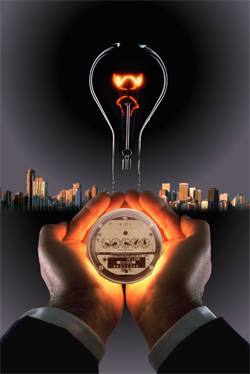
|
What's Your IQ on IAQ and IEQ?
Are IAQ (Indoor Air Quality) and IEQ (Indoor Environmental Quality) the same thing? Many people confuse the two, but they are different (although overlapping) concepts...
Read More...
|

|
Like a Breath of Fresh Air: Using CO2 Sensors with Demand Control Ventilation
What is the best way to optimize ventilation for IAQ while minimizing energy usage in commercial buildings? Using CO2 sensors with DCV...
Read More...
|
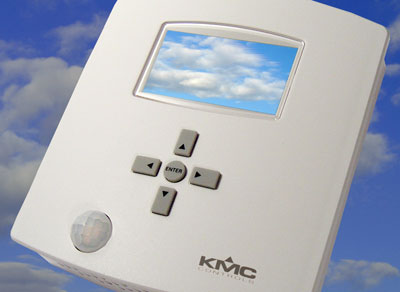
|
Controls and Green Building Certifications
Although any building may be built or retrofitted with various enhanced green characteristics, significant advantages exist in obtaining building certification by one of the “green” organizations, such as ENERGY STAR® and the U.S. Green Building Council’s Leadership in Energy and Environmental Design (LEED®) Green Building Rating System...
Read More...
|
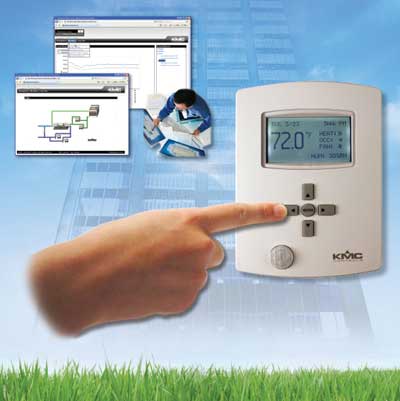
|
Obtaining your LEED credentials
Credentials are essential in today’s competitive professional environment. If you want to be involved in any aspect of the green building arena, having the right credentials is vital.
In this concise, 30-minute free webinar, you’ll learn all that you need to know about obtaining your LEED-related credentials including the LEED Green Associate and the various types of LEED Accredited Professional.
Learn More...
|
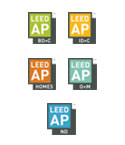
|
Zone control with Variable Air Volume controls (VAV)
Because buildings vary, it is important to choose a system that is right for the facility. The Variable Air Volume (VAV) system, which varies the volume of heated or cooled air to control room temperature is the most widely used commercial system on the market today. There are several variations on VAV implementations to solve the problem of zone control...
Learn More...
|
|
A Warm Welcome to Hospitality Options
Hotels, motels, and resorts have different needs for heating and cooling guest rooms compared to offices in commercial buildings. Occupancy in hotel rooms is much more sporadic than in traditional 8-to-5 office space. Easy and intuitive user control over the HVAC system, is essential for guest comfort…
Learn More...
|
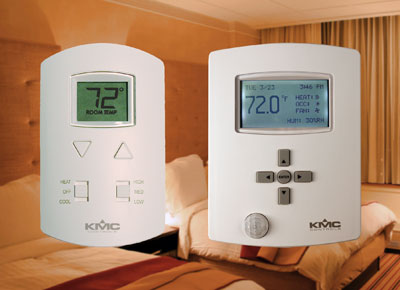
|
Understanding Building Automation and Control Systems
Building Automation Systems (BAS) are centralized, interlinked, networks of hardware and software, which monitor and control the environment in commercial, industrial, and institutional facilities. While managing various building systems, the automation system ensures the operational performance of the facility as well as the comfort and safety of building occupants...
Learn More...
|

|
Small Building Automation (with the KMC Controls FlexStat)
From a single space to multiple zones in a building, KMC has many possible building automation solutions. Control temperature, humidity, even CO2 levels, and link that control to schedules and motion-based room occupancy for maximum energy efficiency...
Read More...
|
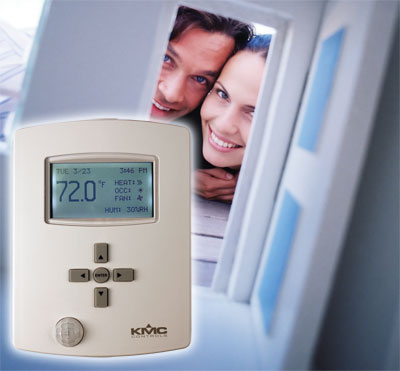
|
Web-Based Solutions
Across the web, anywhere in the world. Access controls using any of our web-accessible building automation system's. KMC Controls offers both software and hardware solutions...
Read More...
|

|
Auto Addressing Simplifies Network Installation
What is MS/TP Auto MAC Addressing or simply auto addressing? It’s a means of automatically getting HVAC controllers to talk to each other on a network with little manual intervention…
Read More...
|

|
Thinking about Thermostats
Too many thermostats, too little time to try them all. Here’s a brief primer on the different types of thermostats...
Read More...
|
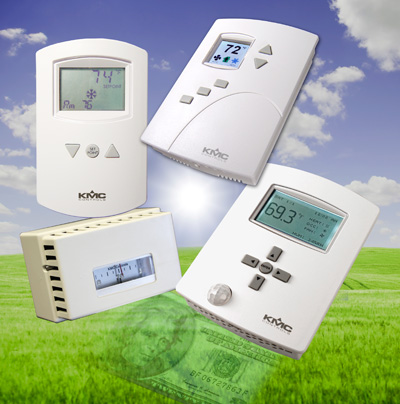
|
KMC Sensors: Sensing Your Needs
So many sensors, so little time to understand them all. Here’s a brief primer on the different types of KMC sensors as well as the relationship between sensors, transmitters, transducers, and thermostats...
Read More...
|
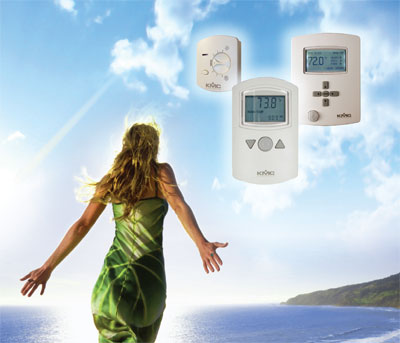
|
Motion Sensors for More Efficient Control
There’s no reason to heat or cool a room when nobody’s home. Programmed schedules work well for most days...except for vacations, sick days, business trips, long meetings, or any spaces with sporadic occupancy (e.g., hotel rooms). Now, however, you can easily have space temperature linked to motion-sensed occupancy...
Read More...
|

|
How Hot Do You Feel?
How can 80° outdoors feel comfortable in one climate but hot in another? In a word...humidity. Thus, building automation systems need to monitor and control interior humidity as well as temperature...
Read More...
|
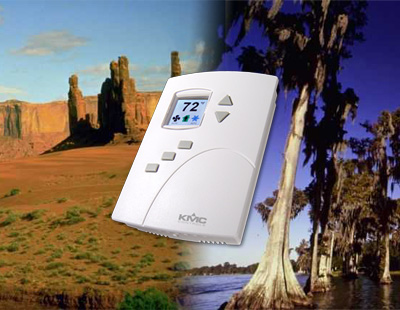
|
KMC Lighting Controls for “Watt” Matters to You
Lighting consumes between 15 and 40% of most buildings’ energy costs. Moreover, heat generated by lighting adds to the cooling load and energy used by the building’s HVAC system. With energy cost per watt continuing to climb, every watt of lighting saved adds up to big savings over the life of a building…
Read More...
|
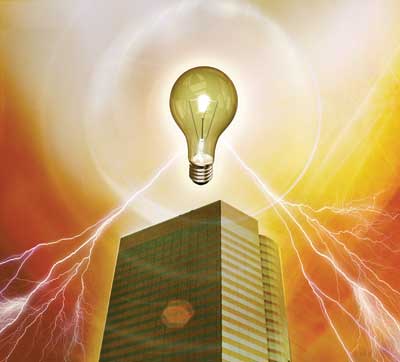
|
Smoke Control and Building Automation Systems
Where there’s fire, there’s smoke. In a commercial building, a smoke control system is a combination of fans, dampers, warning devices, and other equipment that work together, in case of a fire, to contain smoke, save lives, and minimize property damage. This is done by controlling air flow in and around the smoke zone...
Read More...
|
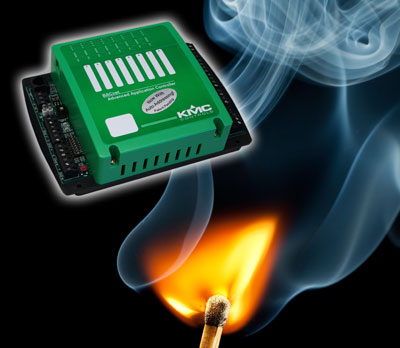
|
Air Today, Digital Tomorrow: Pneumatic to BAS Conversions
Pneumatic controls are in many older buildings, but what is the best way to upgrade them to higher efficiency? Pneumatic-digital “hybrids” are often the least time-consuming and most cost-effective Building Automation System retrofit solutions...
Read More...
|

|
Getting Physical with Actuators
Current Building Automation Systems consist of digital electronics. Within the network, components talk to each other in terms of varying voltages and currents. But something more is needed to interact with the real world of air and water flow. Actuators let you be in touch with physical world...
Read More...
|
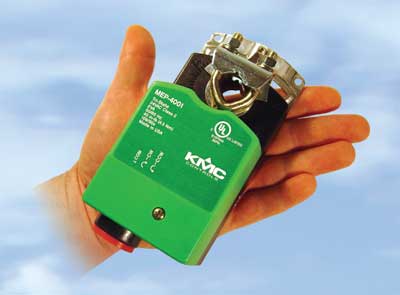
|
When Failure Is Not an Option: The Evolution of Fail-Safe Actuators
Fail-safe actuators are often used on crucial damper and valve applications that require protection from excessive temperatures, such as preventing coils from freezing or rooms from overheating. Back in the days when pneumatics ruled commercial HVAC controls, fail-safe protection was easy because pneumatic actuators are inherently fail-safe. When electric actuators began replacing pneumatics, however, things got more complicated...
Read More...
|
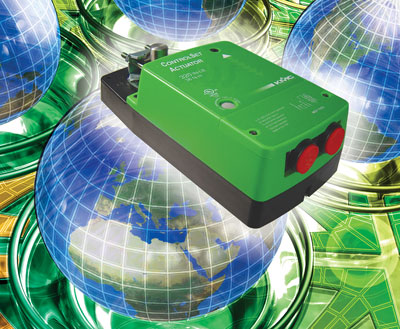
|
Superior Flow Control with KMC Control Ball Valves
To regulate temperature inside buildings, Building Automation Systems often control the flow of hot and/or cold water inside the pipes of various kinds of HVAC devices. This modulation of the flow of water takes place inside a valve in response to a varying signal from the BAS. Of the types of valves that have been most often used in HVAC systems, ball valves have the advantages of being reasonably priced, durable, capable of easily handling high pressures and flows, and capable of manual override. However, they have lacked reliable precision for smoothly modulating flow across the entire control range...until now...
Read More...
|
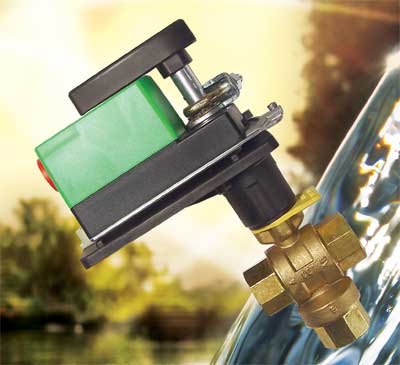
|
Pneumatics for the 21st Century
Air. What would we do without it? Many buildings are still operated by venerable air-powered controls, and KMC Controls supports the long legacy...
Read More...
|

|
American Reinvestment & Recovery Act (ARRA)
The Stimulus Bill. The Recovery Act. ARRA. All of these names fit the American Reinvestment and Recovery Act designed to offer funding assistance for public...
Read More...
|

|
|